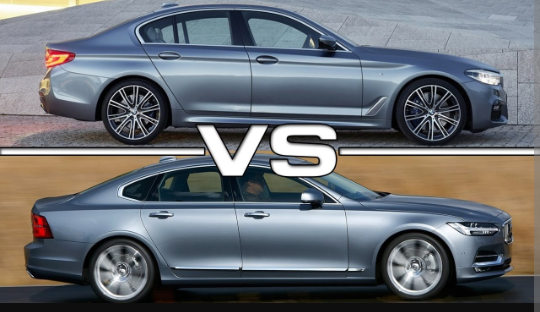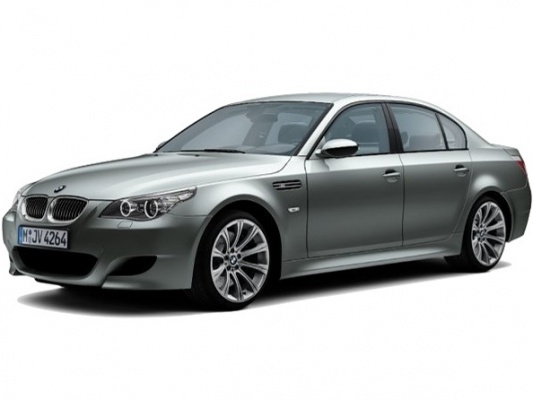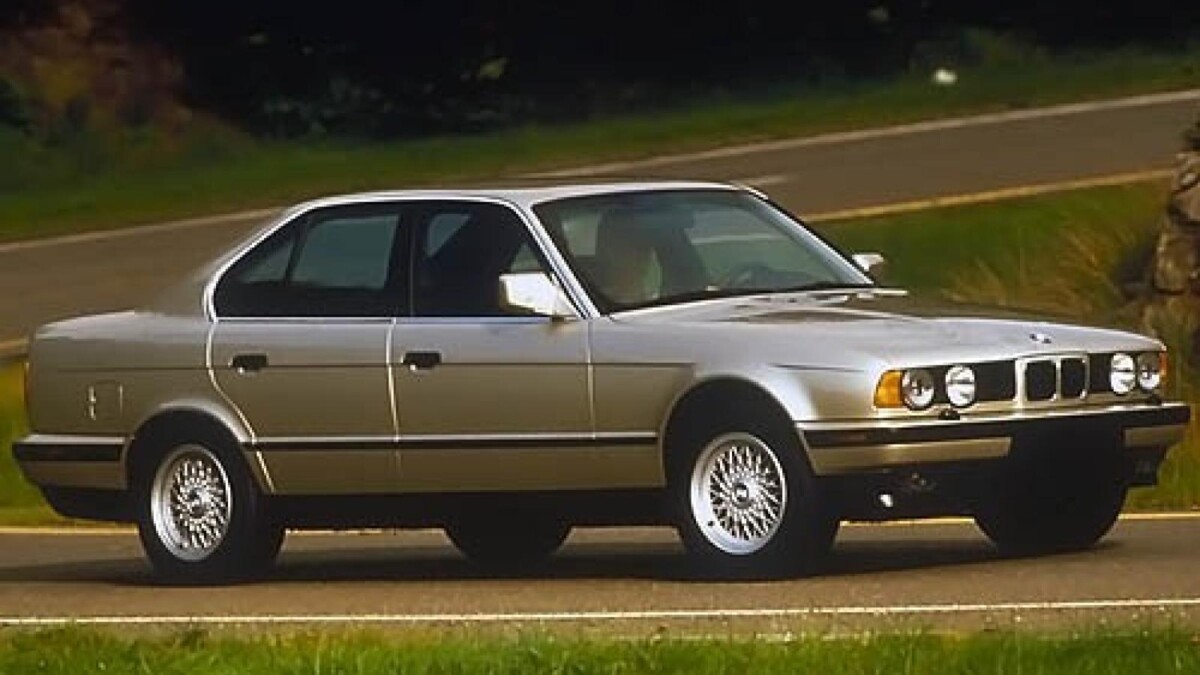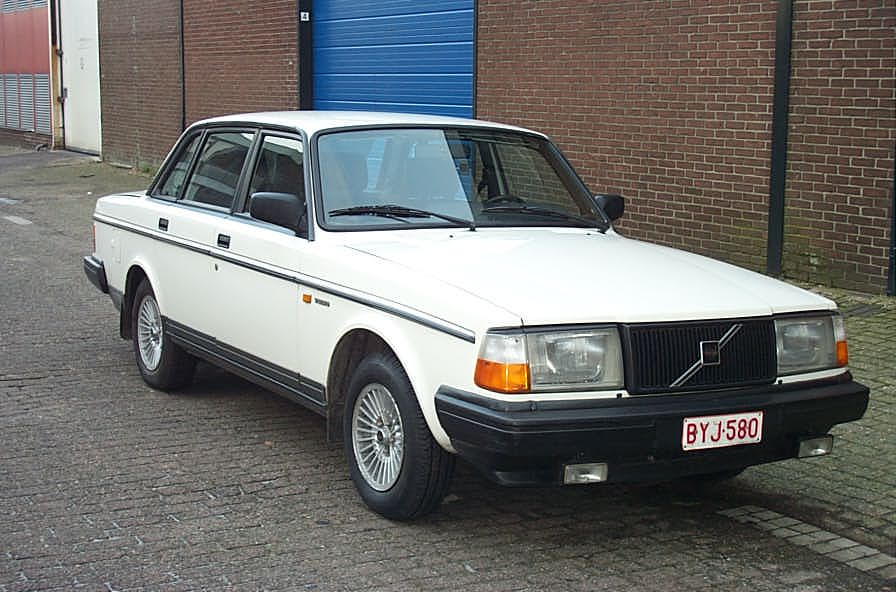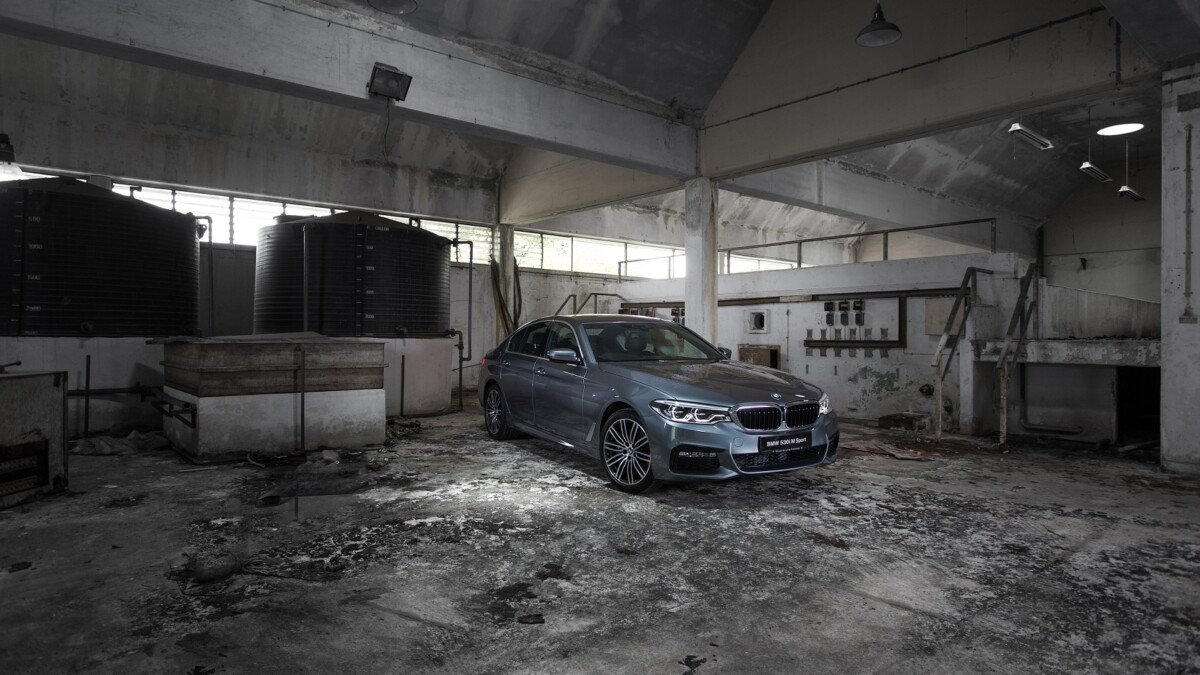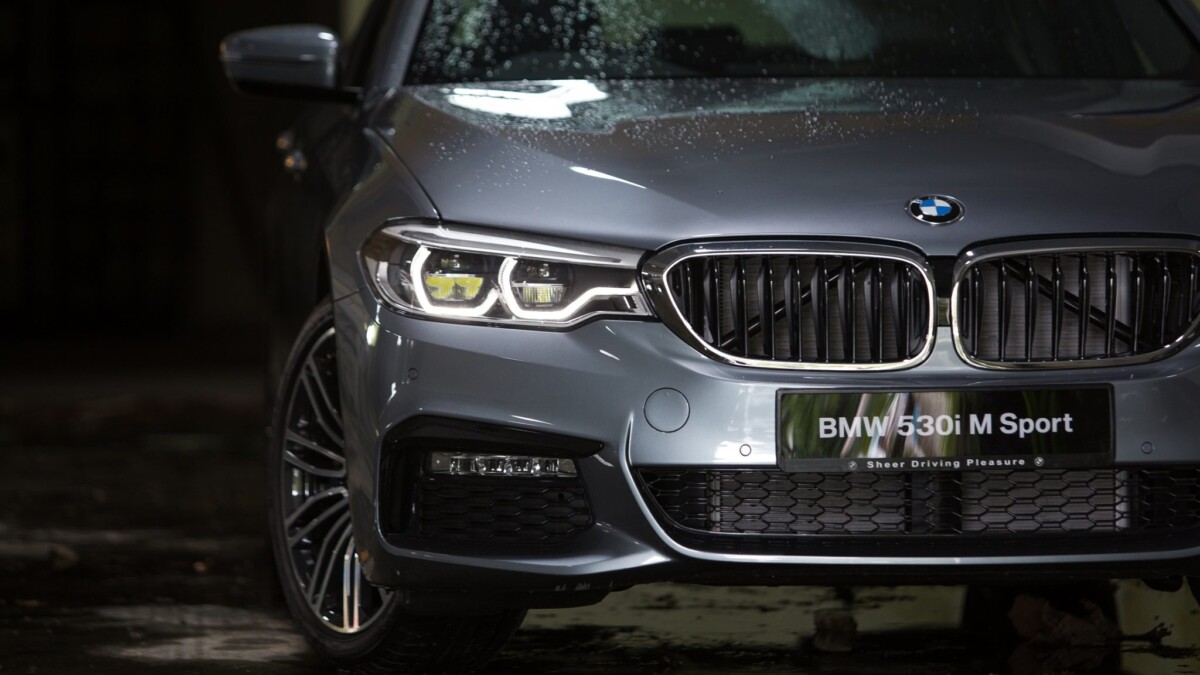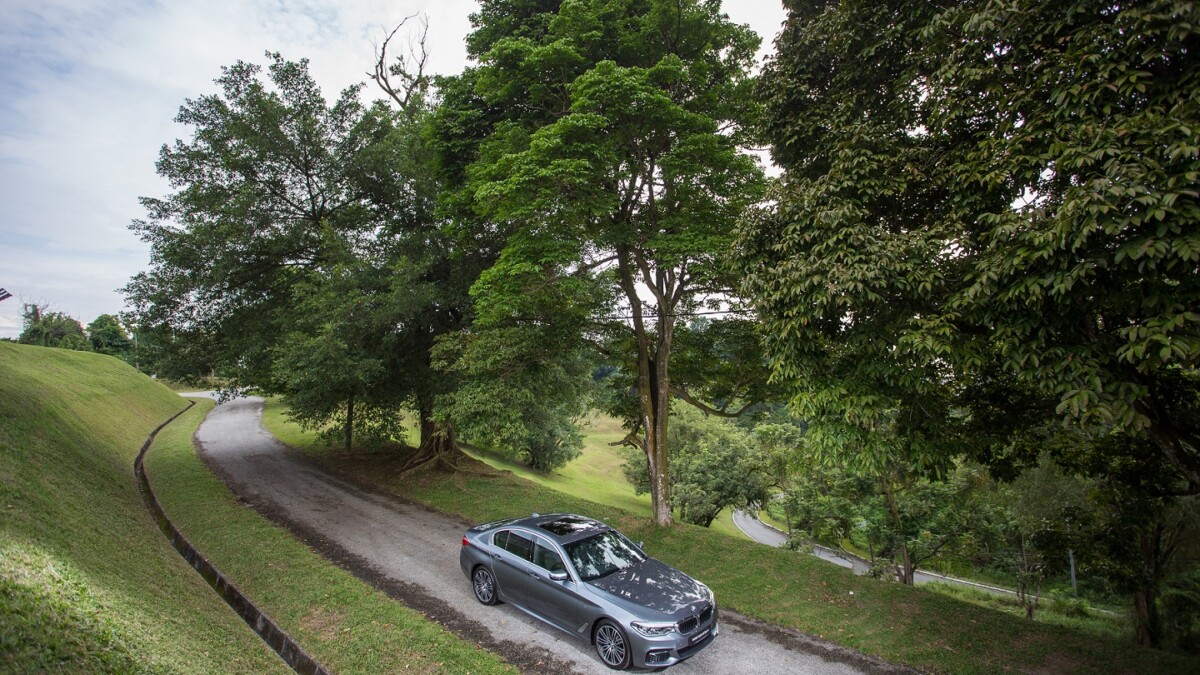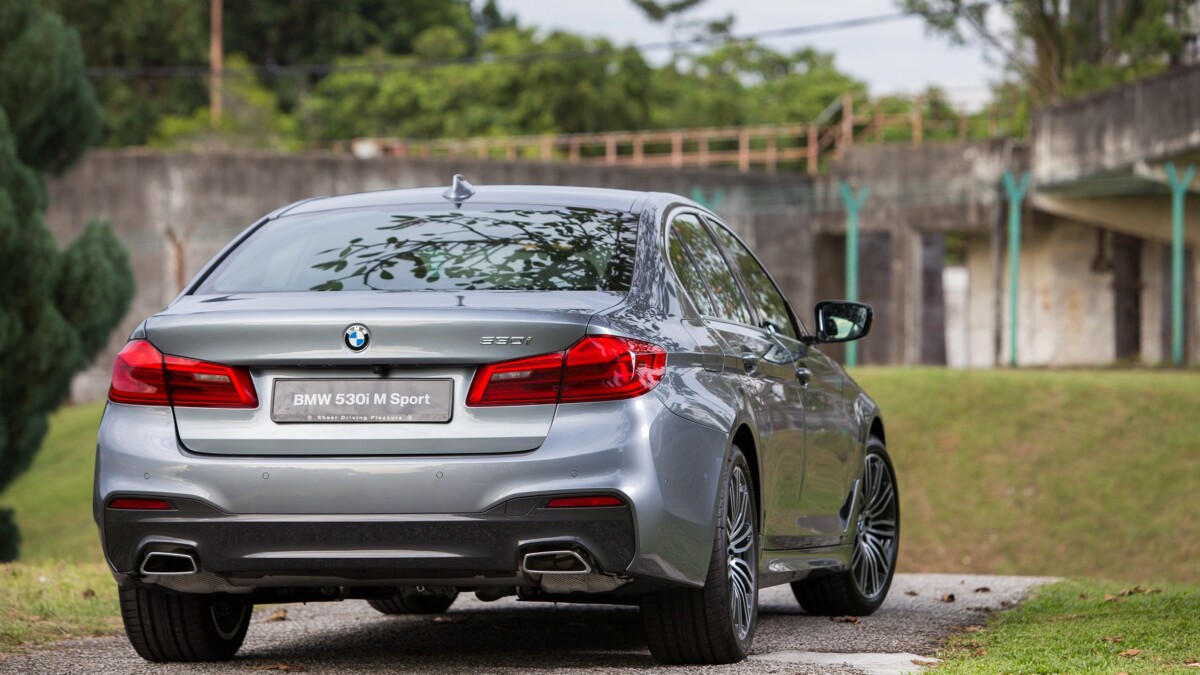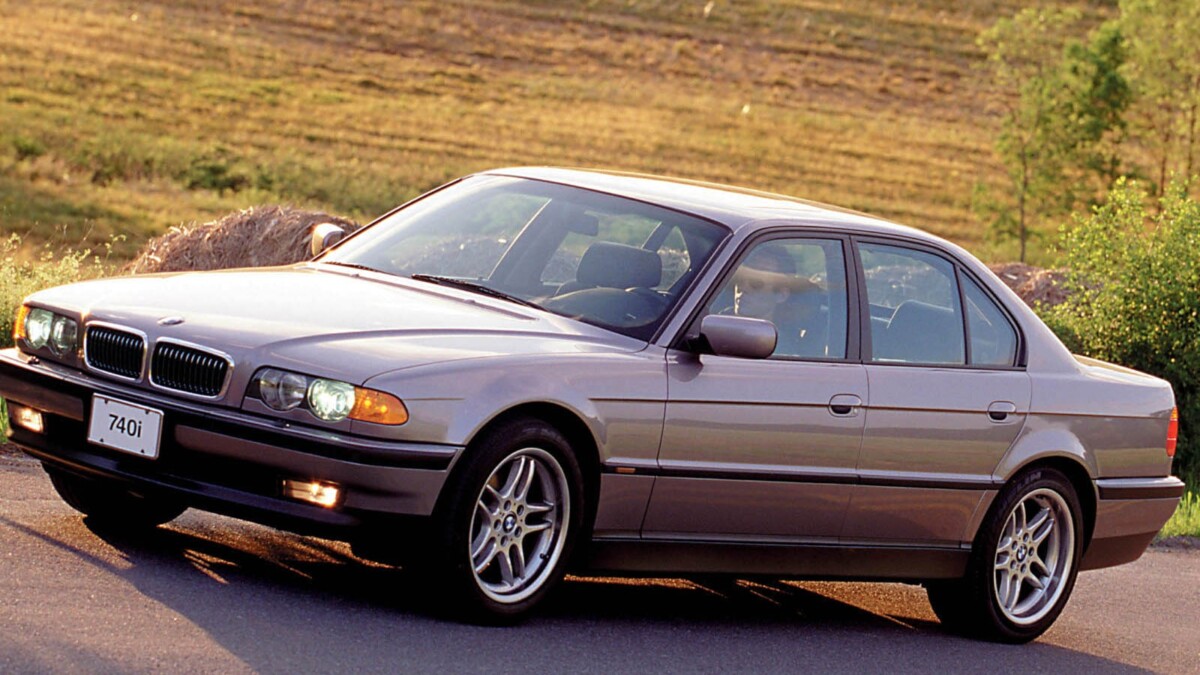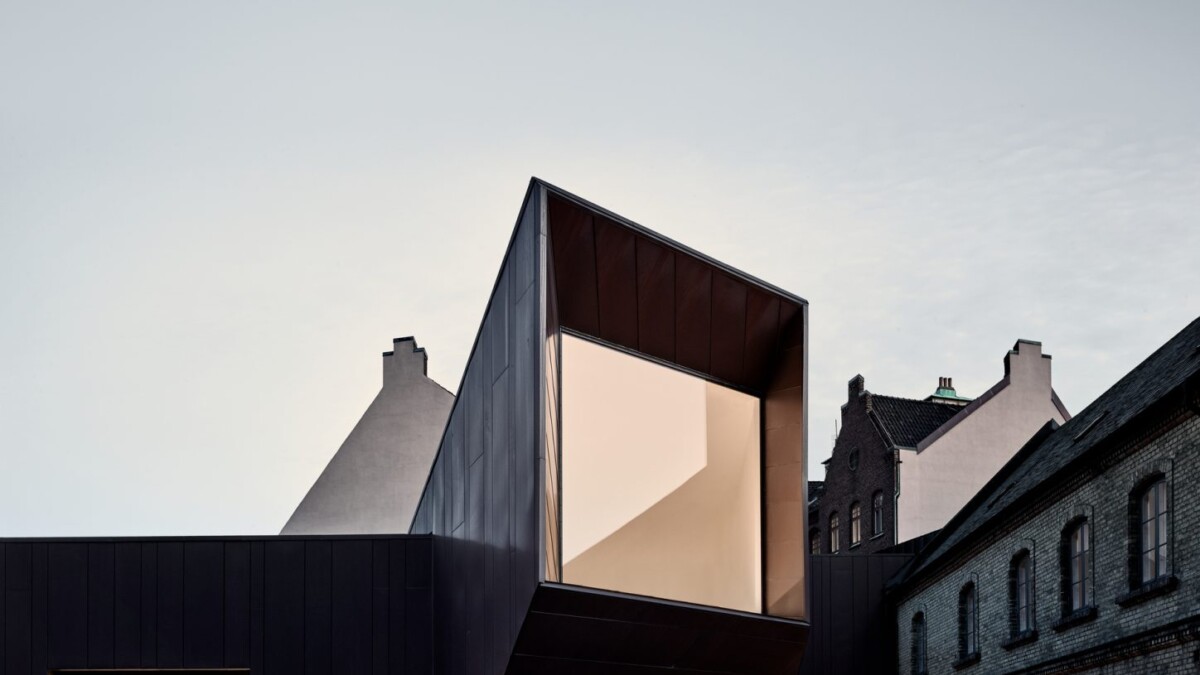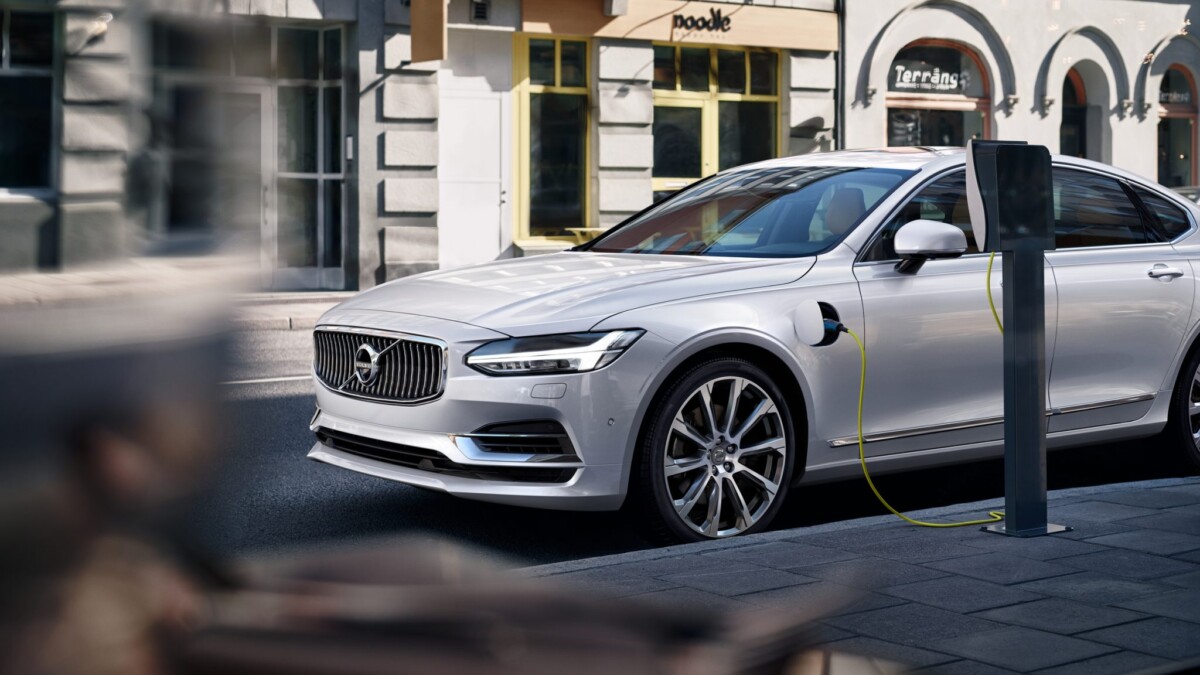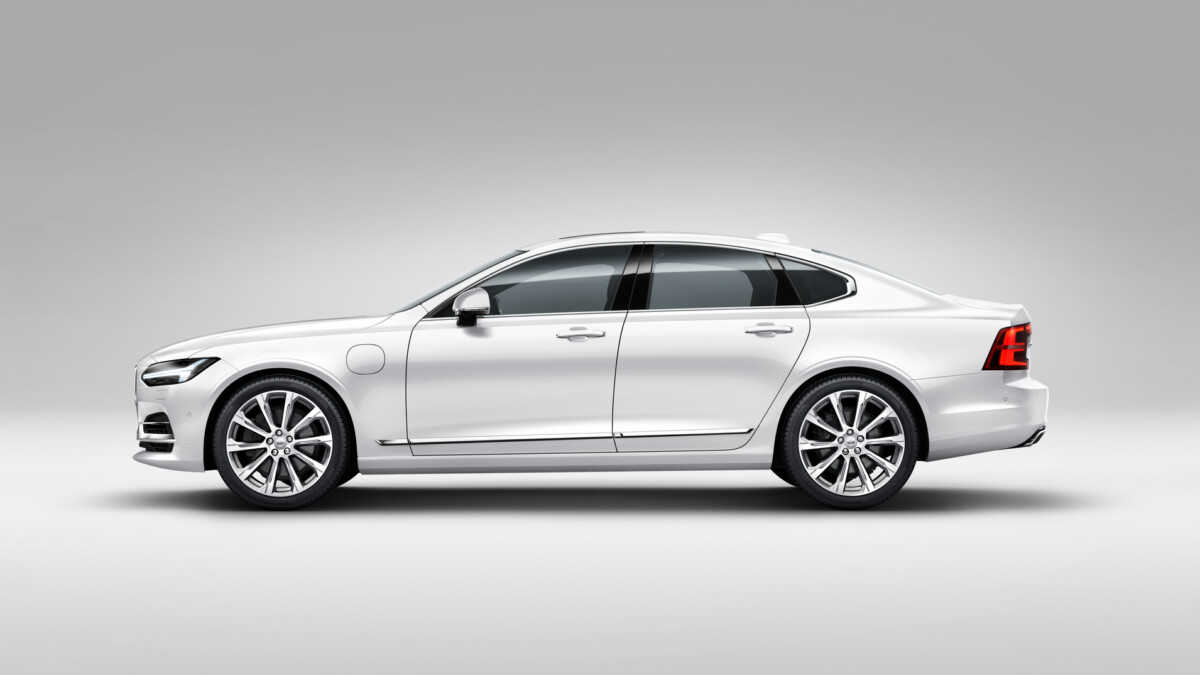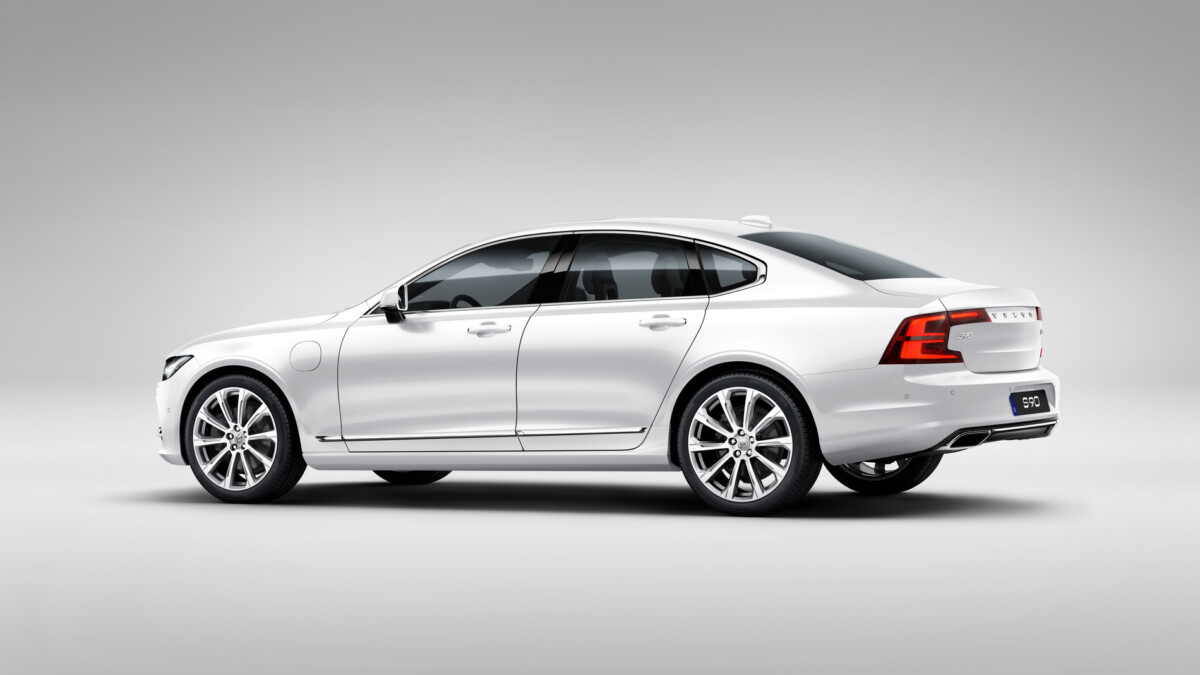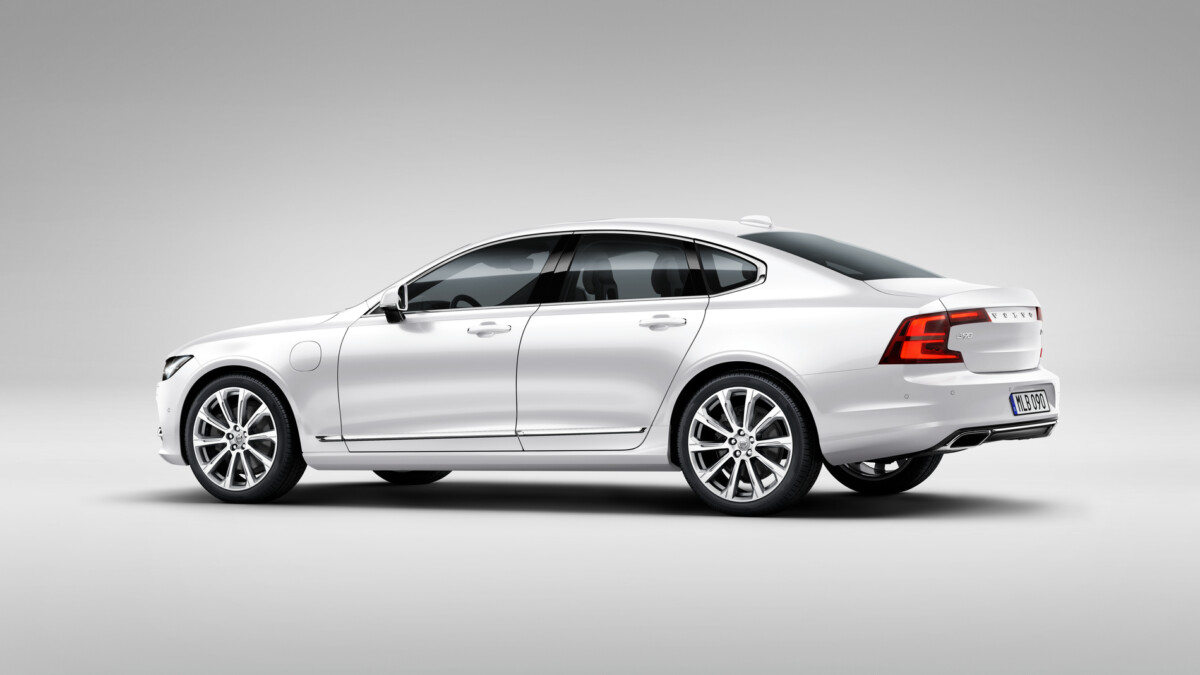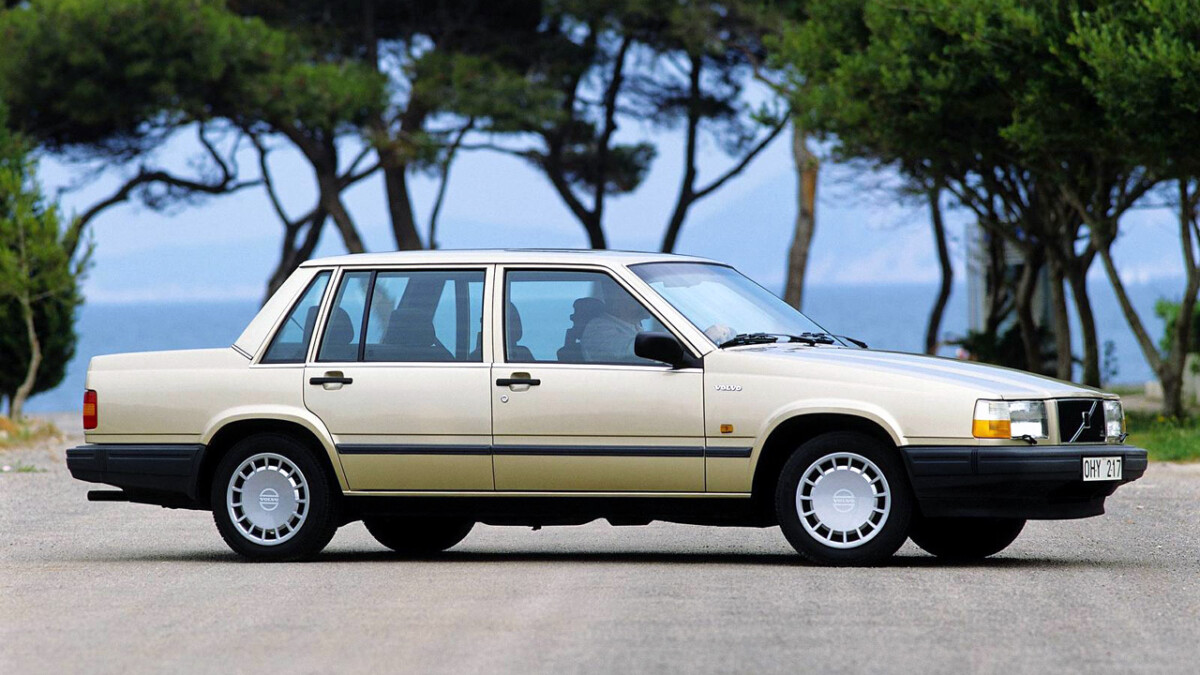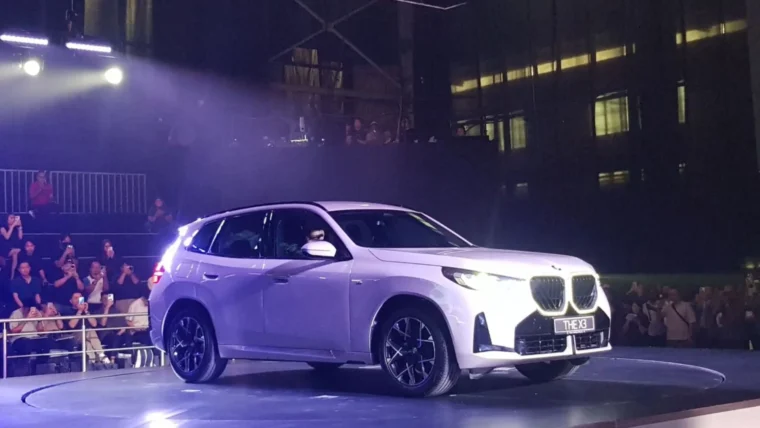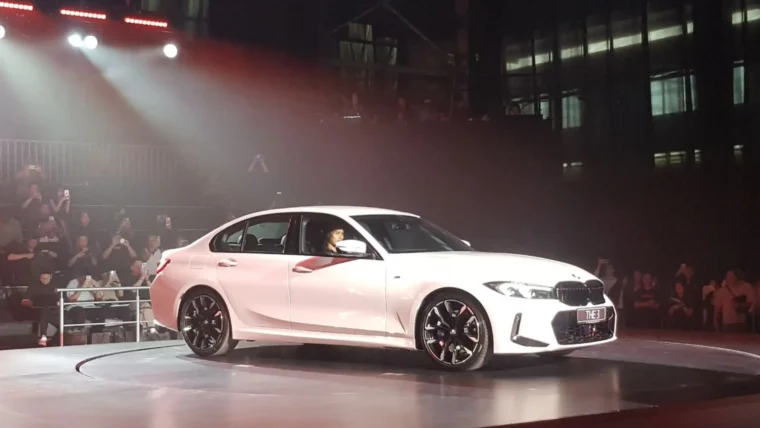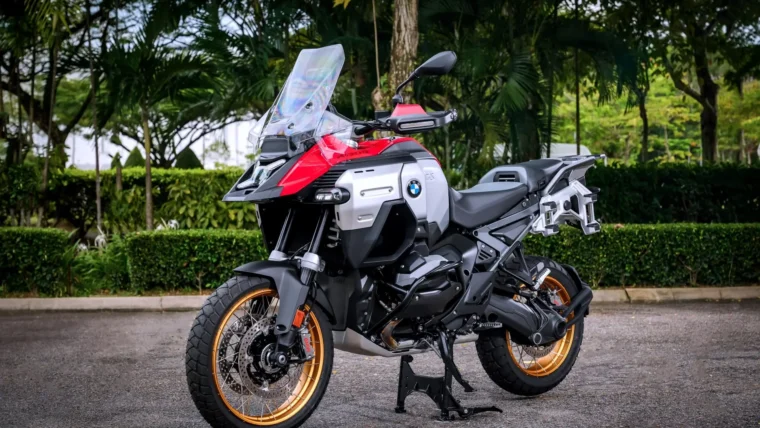It’s not often that I’m faced with a conundrum such as this. Well, okay it’s happened once or twice in the past, but never has it happened days apart of each other…
What am I on about? Simple really, it’s Sweden vs. Germany all over again, and I’m not referring to the World Cup either. A week ago, Volvo Car Malaysia (VCM) unleashed this:

It’s the locally-assembled Volvo S90 T8 Twin-Engine Inscription; “twin-engine” because the front wheels are powered by a normal internal-combustion engine, while the rear wheels are independently powered by an electric-motor.

The result is a whopping combined output of 407bhp and 640Nm of torque, which sees the car pull sub-5sec 0-100kmh times. 4.8sec to be precise, and thanks to hybrid incentives, it retails for RM348,888. You can read more about it in our launch report here.
Days later, I’m not kidding, I think it was about three, BMW Malaysia introduced this:

It’s the locally-assembled BMW 530i M Sport, which puts out 252bhp and 350Nm of torque, and does the century-sprint in 6.2sec. It retails for RM388,800. And again, you can read more about it in our launch report here.

Can you see where I’m going with this?
So both cars are locally-assembled (CKD), and both fall in the continental “luxury” D-segment, but the BMW costs almost RM40,000 more than the Volvo, and yet, on paper at least, the latter appears to trounce the BMW in every way.

Power wise, the Volvo has 155bhp and 290Nm more grunt than the BMW. Think of it this way, in terms of sheer horsepower, the Volvo has a whole Honda Accord 2.0 VTi more than the BMW…

Granted, the aforementioned ‘hybrid-incentive’ probably allowed the Volvo S90 T8 to be priced as such, a steal actually, but then again when the fully-imported (CBU) BMW 530i M Sport was launched in March this year, it retailed for RM398,800. Am I missing something? The locally-assembled one costs just RM10,000 less?

Sadly though, five will get you 10, the BMW will outsell the Volvo 10-to-1, maybe even more. That’s the reason for this impromptu piece actually, I’m trying to figure outwhy.
I mean, the facts are the facts; the Volvo is cheaper, more fuel-efficient thanks to its PHEV system (1.9L /100km – Volvo vs. 5.8L /100km – BMW), a helluva lot more powerful, has all-wheel drive, and is 1.4sec quicker in the century-dash. So why won’t it outsell the BMW 10-to-1 instead of the other way around? And it won’t either.

Two words: Badge value. Let’s face it, as far as that is concerned, and as far as most Malaysians are concerned, the blue-and-white propeller trumps that iron symbol hands-down. For now anyway…

If we trace the history of both makes, going back 20- or even 30-years, it’s clear that despite the fact that Volvo has been assembling cars here since 1967 – BMW began in 1980 – it is the latter that seems to have garnered a stronger following and foothold, not to mention a much bigger fan-base, in the country.

This is puzzling to me because insofar as history and heritage is concerned, everyone can relate to Volvo. It’s the car at least one of your relatives used to drive, if not your very own parents or grandparents. It’s probably your first car-memory ever; somewhere in the back of your mind, you remember that somebody you knew had a Volvo when you were growing up. I guarantee at least one of your school teachers drove one.

So what went wrong?
I can only then surmise that BMW ‘evolved‘ a lot faster than the venerable Swedish automaker. Design-wise, BMW’s cars evolved in tandem with the evolving needs and wants of the consumer, whereas Volvo were still building cars that it thought the people wanted. Volvo’s were safe cars, BMW’s were exciting. Need an example? Let’s look at two models that went head-to-head 20 years ago:
This is what a mainstream BMW looked like in 1990:

This is what a mainstream Volvo looked like in 1990:

See what I mean? Now the main problem for the Volvo brand, their Achilles heel so to speak, also happens to be their greatest success story. Would you believe that in 1990, Volvo were still selling this car new?

I wish I was kidding, but I’m not. Yes, the legendary 240 was still being sold brand new alongside the its replacement the 700-series above it. Apparently there was a massive hue-and-cry from the general public in Sweden when Volvo announced it was discontinuing the much-adored 240, and since there was still such a huge demand for them, Volvo decided to continue building them right up till 1993. The Volvo 240 had an amazing 20-year lifespan. One model, two decades.

This, in my book, was also about the time when Volvo lost it, the early 90’s. In this era, BMW surged ahead insofar as car-design was concerned, and by the mid-90’s, its cars looked like this:

And Volvo’s on the other hand, in and around the same time, looked like this:

Ouch.
“Volvo’s. Boxy, but good”. Remember that movie? And they were good, there’s no denying that at all, but they lacked something that BMW were figuratively propelling themselves away with; excitement. Let’s face it, sure everyone wants a safe, well-engineered car, but they’d also rather not be seen driving a shoe-box.
So, just as how Peter Schreyer turned around Kia, in terms of design, a namesake was also responsible for finally turning the Volvo brand around, Peter Hobury. Mr. Hobury began to transform the image of Volvo with the likes of the delectable C70…

This car was as radical a departure from the norm as anything ever could be, and I still recall one of the sound-bites from the launch, “this time we kept the car and threw away the box”. Heck, even Val Kilmer as The Saint drove one! How cool is that? But was it too late?

By this time, especially here in Malaysia, BMW were eons ahead already in terms of car-design, and of course we all know what happened later when Chris Bangle joined them don’t we. In a nutshell, some said he advanced BMW car-design by 20-years, some said he set it back by ten. I’m personally leaning more to the former, as I’ve always said his E60 (above) looks decades ahead of the newer F10 (below), which actually looks like a logical successor to the E39.

But let’s get back on track to present time. Where does Volvo stand insofar as the great, big blue-and-white propeller is concerned? Well, looking at the cars now, in this day, today, I’d say they’ve well and truly finally caught up, not just in terms of both interior and exterior design, but also in terms of excitement. Just compare the S90 T8 below with the BMW 530i M Sport below it…


Looks are of course subjective, but in my book, yes, Volvo is finally producing cars that look just as good, if not better, than its competition, cars that are as exciting to look at as they are to drive. Cars that make you want to take them out for a spin, not just because you have to get somewhere, but for no other apparent reason than the fact that they are amazing to drive, like I mentioned in this previous article here.

So, we’re back to the the conundrum that began this article; the choice. Two cars, one clearly better and cheaper, one with better badge value and a colossal following. Which would you choose? For me, folks, I gotta tell ya, I’d already be chasing sunsets in the Volvo. – Chris Wee.
Photo Gallery…
(Featured main split-image courtesy of CarComparisons.com, watch their video after the photo gallery!)
Other posts by Chris Wee

